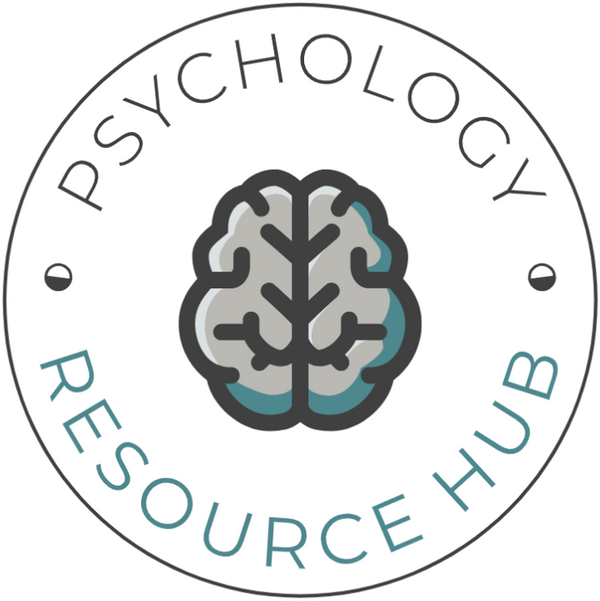
CBT in Action
Practical Tools for Everyday Mental Health
In the journey toward better mental health, Cognitive Behavioural Therapy (CBT) stands out as one of the most effective and practical approaches. At its core, CBT is about understanding the powerful connection between our thoughts, feelings, and actions. It teaches us that by changing our negative thought patterns, we can change our feelings and behaviours for the better.
But how do you put these powerful principles into action? The key is having the right tools on hand to practice these skills in your daily life. This is where targeted resources can transform a therapeutic concept into a tangible, everyday practice.
Identifying Your Thoughts
The first step in CBT is often learning to identify the automatic negative thoughts (ANTs) that pop into your head. These thoughts can be subtle and feel like facts, but they have a huge impact on your mood. A great way to start is with resources that help you recognise and challenge these patterns. For instance, our 'CBT Thought Monitoring' Worksheet is a practical way to begin identifying thoughts, understanding how the thought may be impacting your feelings, and work towards developing a more positive or realistic thought about a situation. Also, our 'What If' Thinking Workbook is designed to help you catch anxious "what if" scenarios and reframe them into more balanced and realistic perspectives.

Challenging and Reframing
Once you can spot these thoughts, the next step is to challenge them. Is the thought 100% true? What's a different way to look at this situation? Using structured worksheets can make this process much easier. Paired with tools like the 'Challenging All-or-Nothing Thinking' Worksheet, which is helpful guide to assist users to recognise a common cognitive distortion which can contribute to anxiety, low self-esteem, and perfectionism.

Building a Foundation of Calm
Beyond managing negative thoughts, an essential part of CBT is developing coping strategies that build resilience. Our resource, 'Guided Breathing Exercises' assists individuals to apply a range of breathing techniques to create a sense of calm, manage anxiety, stress, and emotional dysregulation.

By incorporating practical tools like these into your daily routine, you’re not just learning about CBT—you’re actively doing it. You are building a personal toolkit for lasting mental wellness, empowering yourself to manage life's challenges with confidence and calm. Explore our full range of CBT resources today and take the next step in your mental health journey.



